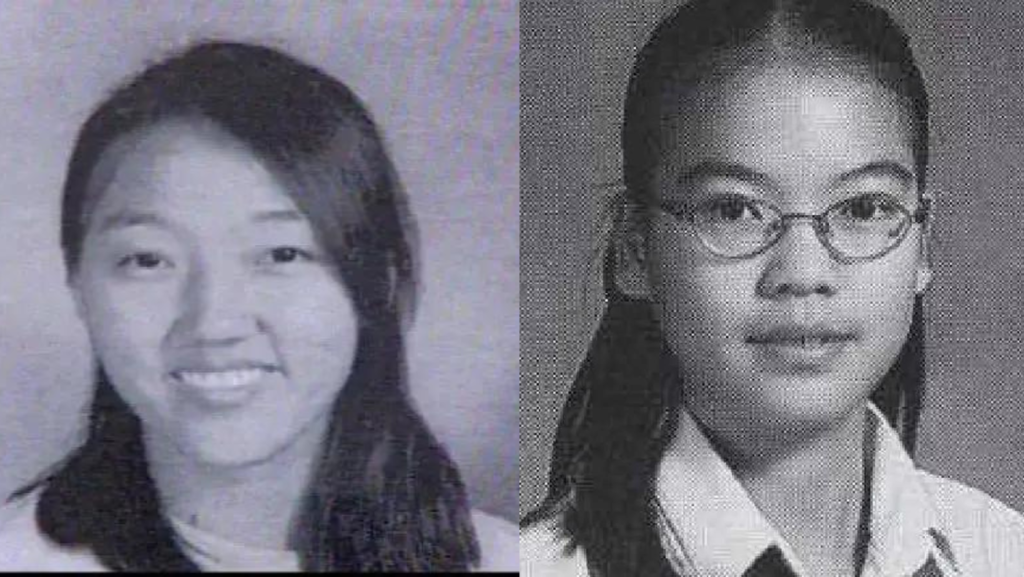The model minority stereotype sets standards of high-achieving, law-abiding, and perfect straight-A students, leaving expectations to rest upon the shoulders of members of the Asian American community.
Expectations created by the model minority stereotype provide Asian Americans with essentially no choice but to meet them without bringing shame to their family and themselves. Often, out of fear of failure to meet expectations set by the model minority stereotype, Asian-American students take severe measures, such as becoming college imposters. According to the article “Passing for Perfect,” written by Jim Logan, a writer at UC Santa Barbara, based upon the novel of the same title by erin Khuê Ninh, “‘college impostors,’ people who pose as students at a particular college or university, usually a prestigious one [are mere] “passers…performing [a] model-minority identity.”
In the novel Passing for Perfect: College Impostors and Other Model Minorities, Professor erin Khuê Ninh, the associate professor and chair of the Asian American Studies department at UC Santa Barbara, discusses two major case studies of college imposters regarding the model minority stereotype involving Azia Kim and Jennifer Pan.
Azia Kim
Having graduated from Troy High School in Fullerton, California, in June 2006, Azia Kim began “attending” Stanford University without ever being accepted in September of the same year. Kim posed as a college student at Stanford University for eight months. According to “Imposter caught” by Daniel Novinson, a writer for the Stanford Daily, “Kim started her con on Sept. 18, 2006, the day before New Student Orientation began. She told Kimball roommates Jenssy Rojina ’09 and Missy Penna ’09 that she was a freshman who was temporarily out of housing due to a technical mixup … [they] believed Kim’s story and let her sleep in their room … [later] Kim moved into Okada 108 on Apr. 18.” During the eight months she spent posing as a college student at Stanford, Azia Kim snuck in and out of meals and her room, fooling all of her friends, until getting caught on May 24, 2007.
Jennifer Pan
Born to Bich Ha and Huei Hann Pan in 1986, Jennifer Pan is another case study of college imposters and the pressure of the model minority myth. Born to hard-working immigrant parents and raised with the expectation of working just as hard as her parents, Jennifer Pan was put into piano lessons and figure skating while being required to perform well academically. Despite being placed in so many extracurriculars and being forced to meet expectations, Pan remained happy and confident. According to “Jennifer Pan’s Revenge: The inside story of a golden child, the killers she hired, and the parents she wanted dead” by Karen K. Ho, a former classmate of Jennifer Pan, “Jennifer’s friendly, confident persona was a façade, beneath which she was tormented by feelings of inadequacy, self-doubt, and shame.” Unable to complete high school due to failing calculus and bear being deemed a failure, Pan turned to forging report cards and becoming a college imposter at Ryerson University and later the University of Toronto, maintaining the charade for four years, with events building up to her assassination attempts against her parents.
Every school day for months or even years, [Azia Kim and Jennifer Pan] carr[ied] their laptops to the library and study, for exams they [were] not going to take in classes they [were] not enrolled in. They assiduously maintain this appearance of the high-performing student, for friends and family who believe they’re en route to shiny STEM degrees.
– Jim Logan, “Passing for Perfect”
The model minority stereotype and the chokehold of expectations that come with it lead Asian-American students to take severe measures, such as becoming college imposters, to maintain their image and depict their ability to meet the model minority expectations. One must aim to understand how much the model minority stereotype can affect Asian Americans, specifically students. The generalizations and expectations presented within the stereotype lead people to take drastic measures and fall into poor mindsets to maintain an image and an expectation in fear of being deemed a failure, part of the pressure of being associated with the model minority stereotype. Additionally, we must aim to combat the expectations presented by the model minority stereotype to ensure that cases such as that of Azia Kim and Jennifer Pan shall never happen again. Thank you so much for reading this article, and stay tuned for more articles regarding the model minority stereotype <3
